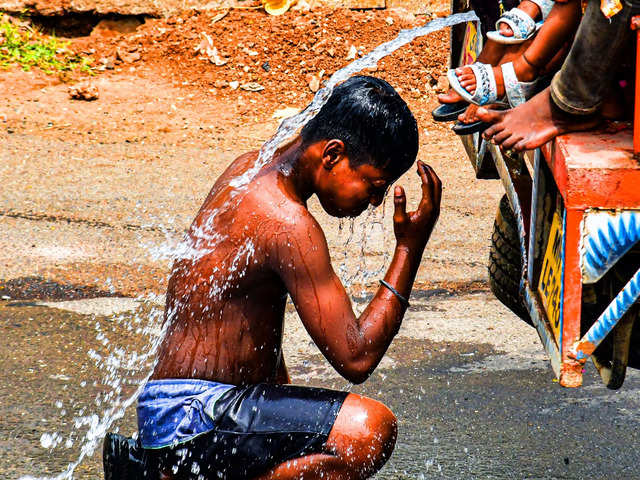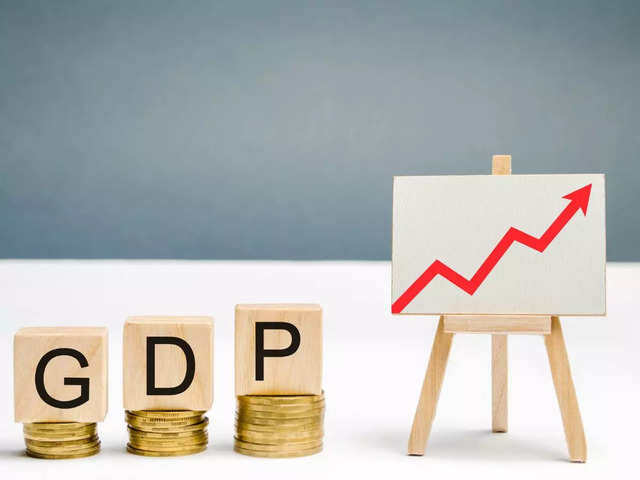
Representational imageUnsplash
YouGov’s Diwali Spending Index shows a higher buying propensity than last year
Sep 7, 2021, 11:42 IST
brands
Despite excitement among the public for Diwali this year, the consumer sentiment is yet to match the pre-pandemic times: YouGov Report
Sep 7, 2021, 11:42 IST
YouGov’s Diwali Spending Index shows a higher buying propensity than last year
- Urban Indians’ festive spending intent has improved since last year.
- YouGov’s Diwali Spending Index shows a higher buying propensity than last year.
YouGov’s Diwali Spending Index, an indicator of the spending intent among Indian consumers, reveals a spending propensity of 90.71 among urban Indians this festive season. Even though it is below average (of 100), the intent to spend is higher than last time (80.96), indicating a recovering appetite to spend among urban Indians.

The Index is calculated as a weighted impact of 10 factors (like increase in gross household income, increase/decrease in household expenses, intent to invest or splurge and general optimism towards economy) on their intent to spend more/less this Diwali season versus last.
Among the 10 factors, the number one driver for people to spend more this year is their anticipation for the festival. Nearly a third (31%) agreed with the statement “I am looking forward to Diwali this year since the rest of the year has been quite dull because of Covid-19”.
With nearly two years having passed and shoppers having no opportunity to spend, this is likely to be the factor that has improved the overall sentiment to spend more this Diwali as compared to last.
Even though there is improvement, the biggest barrier to spending continues to be the same as last year. Close to 50% respondents last year said they are more careful with their finances today than they used to be in the past. And now a similar proportion (43.6%) said the same thing, indicating the fear of the uncertain is still strong among the public.
Given 2021 witnessed a devastating wave of covid, despite excitement among the public for Diwali this year, the consumer sentiment is yet to match the pre-pandemic times.

Data shows that only 17% of the respondents said they were likely to spend more than last year during Diwali in 2020. In 2021, this number has increased and now 29% said they will spend more this year. While the spending intent is yet to go back to normal (pre-pandemic times), we see a marked improvement since last year and this is good news for brands trying to woo consumers this festive season.
In YouGov’s Diwali series, we will see the impact of the pandemic on consumers’ buying sentiment across different sectors to see if the upcoming festive season can be a game-changer for businesses and brands.Methodology:
This survey has been conducted on a sample of 2000 respondents on the YouGov India’s online panel in August 2021. The sample primarily constitutes consumers from NCCS A and B; and matches the population numbers of urban India in terms of basic demographics like age, gender, regions and city tiers.
The Index is calculated as a weighted impact of 10 factors (like increase in gross household income, increase/decrease in household expenses, intent to invest or splurge and general optimism towards economy) on their intent to spend more/less this Diwali season versus last.
The Index has been derived using Ordinal Logistic Regression and Johnson’s Relative Weight modelling to understand the relationship between each of the factors and overall intention to spend more this Diwali amongst consumers.
For the calculation of the final Index, two sets of weighted averages were calculated basis respondent data – 1) assuming an equal weightage for all factors (which has been used as the base); 2) with actual weightages for each of the factor derived from the regression and JRW analysis.
The final Index = Actual weighted spending intent / Hypothetical spending intent assuming equal weightage to all 10 predictors
INSIDER INTELLIGENCE REPORTS







